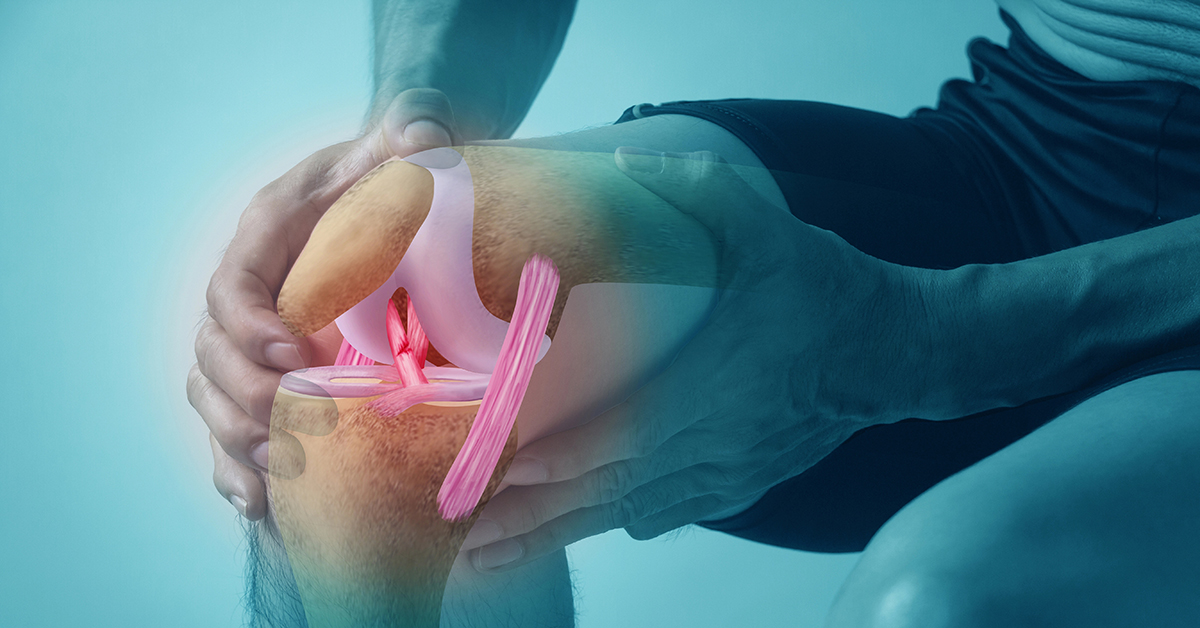
What Are 3 Signs of an ACL Tear?
An anterior cruciate ligament (ACL) tear is one of the most common and serious knee injuries, especially among athletes and active individuals. The ACL is a crucial ligament that stabilizes the knee, and when it is torn, it can significantly impact mobility and overall knee function. Understanding the signs of an ACL tear can help individuals seek prompt medical attention, leading to better treatment outcomes. Here are three key signs to watch for.
1. A Popping Sound or Sensation
One of the most telltale signs of an ACL tear is a distinct pop at the moment of injury. Many individuals report hearing or feeling this popping sensation in their knee when the tear occurs. This happens because the ACL is a strong ligament, and when it ruptures, it can create an audible noise. The popping sensation is often followed by immediate instability and difficulty bearing weight on the affected leg.
2. Rapid Swelling and Pain
After an ACL tear, swelling develops quickly, often within a few hours. The knee becomes swollen because the injury causes internal bleeding within the joint. Along with the swelling, there is often intense pain that makes it difficult to move the knee or put pressure on it. Unlike minor sprains or strains, an ACL tear leads to significant discomfort that does not improve quickly without medical intervention.
3. Knee Instability and Difficulty Walking
A torn ACL can lead to a feeling of instability or giving out when trying to stand or walk. This is because the ACL plays a crucial role in stabilizing the knee joint. Individuals with an ACL tear often describe their knee as feeling weak or unable to support their weight properly. This instability is particularly noticeable when attempting to pivot, turn, or engage in physical activities that require sudden movements.
When to Seek Medical Attention
If you experience any of these symptoms after a knee injury, it is important to consult a healthcare professional as soon as possible. An ACL tear is typically diagnosed through physical examinations, MRI scans, or other imaging tests. Early intervention can help determine the best course of treatment, which may include physical therapy, bracing, or surgery, depending on the severity of the tear and the individual's activity level.
Conclusion
Recognizing the signs of an ACL tear—a popping sound, swelling and pain, and knee instability—can help individuals take the right steps toward recovery. While this injury can be serious, modern treatments and rehabilitation techniques offer promising outcomes for those affected. If you suspect an ACL tear, seeking prompt medical care is crucial for restoring knee function and preventing further damage.

